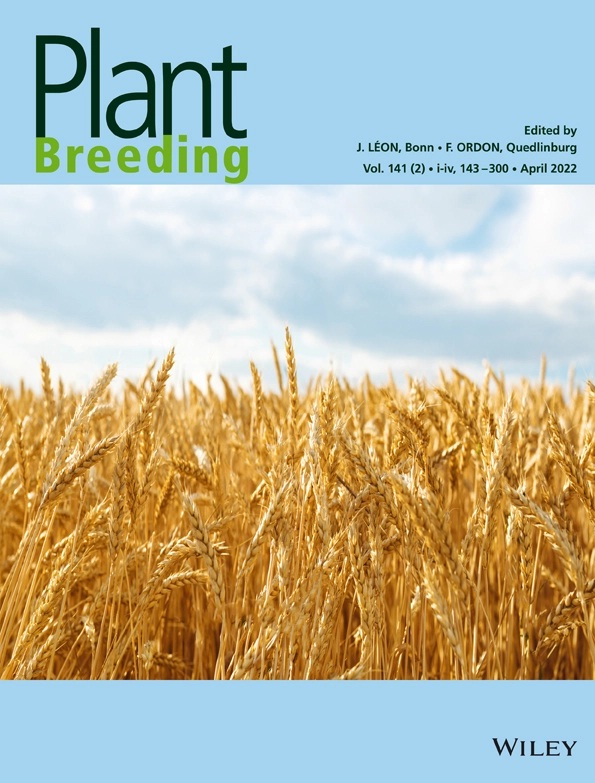Ver ítem
- xmlui.general.dspace_homeCentros Regionales y EEAsCentro Regional Tucumán - Santiago del EsteroEEA FamailláArtículos científicosxmlui.ArtifactBrowser.ItemViewer.trail
- Inicio
- Centros Regionales y EEAs
- Centro Regional Tucumán - Santiago del Estero
- EEA Famaillá
- Artículos científicos
- Ver ítem
Translational genomics from sorghum (Sorghum bicolor) to sugarcane (Saccharum spp.) for bioenergy breeding
Resumen
Large-scale evaluation of genetic diversity in crops with large and complex genomes benefits from the selective enrichment of relevant genomic regions prior to sequencing. Given the complexity of the sugarcane (Saccharum spp.) genome and the limited exploration of quantitative trait loci (QTL) for important energy traits, we used comparative genomics with the related diploid crop sorghum (Sorghum bicolor) to mine for regions associated with bioenergy
[ver mas...]
Large-scale evaluation of genetic diversity in crops with large and complex genomes benefits from the selective enrichment of relevant genomic regions prior to sequencing. Given the complexity of the sugarcane (Saccharum spp.) genome and the limited exploration of quantitative trait loci (QTL) for important energy traits, we used comparative genomics with the related diploid crop sorghum (Sorghum bicolor) to mine for regions associated with bioenergy production. Twenty-one meta-QTL (mQTL) were identified after surveying 286 QTL from 24 different studies using the Sorghum QTL Atlas. Comparative genomics revealed that at least 35% of genes located within QTL can be found in highly conserved sorghum/sugarcane collinear chromosome blocks. Additionally, a targeted candidate search identified 200 genes known for their involvement in sugar and cell wall metabolism. For a subset of these sorghum genes, we evaluated sugarcane gene copy number, sequence identity, and homoeolog expression in target tissues. This work is an initial step towards targeting and resequencing sugarcane orthologous genomic regions to discover single nucleotide polymorphisms (SNPs) as a resource for genomics-assisted breeding.
[Cerrar]

Autor
Federico, María Laura;
Diniz, Augusto L.;
Souza, Glaucia M.;
Snowdon, Rod;
Erazzu, Luis Ernesto;
Fuente
Plant Breeding (First published: 01 April 2022)
Fecha
2022-04
Editorial
Wiley
ISSN
0179-9541
1439-0523
1439-0523
Formato
pdf
Tipo de documento
artículo
Palabras Claves
Derechos de acceso
Restringido
 Excepto donde se diga explicitamente, este item se publica bajo la siguiente descripción: Creative Commons Attribution-NonCommercial-ShareAlike 2.5 Unported (CC BY-NC-SA 2.5)
Excepto donde se diga explicitamente, este item se publica bajo la siguiente descripción: Creative Commons Attribution-NonCommercial-ShareAlike 2.5 Unported (CC BY-NC-SA 2.5)

